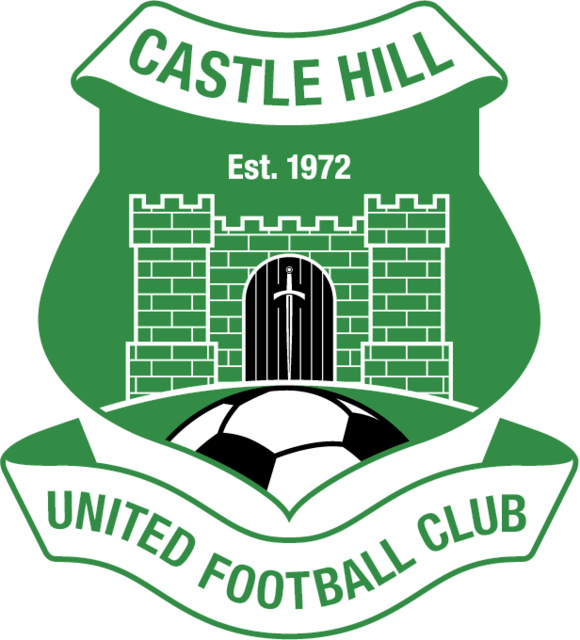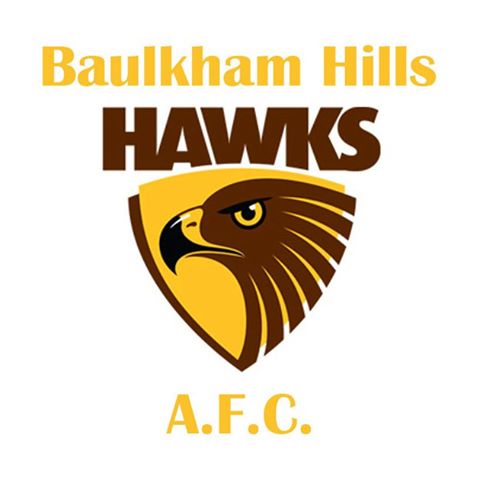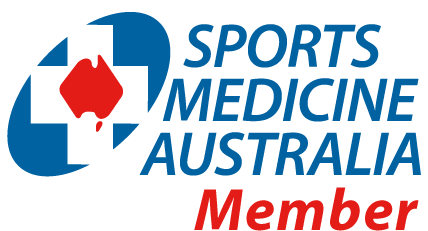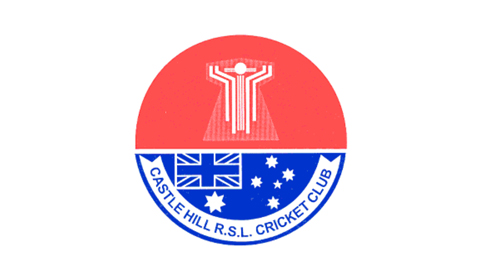In the last few weeks, one of the only studies looking at the long-term effects following ACL rupture has been published – van Yperen et al. 2018.
Cutting to the chase, after 20 years following ACL rupture there was found to be equal rates of knee osteoarthritis irrespective of whether one was to have an ACL reconstruction or not.
The study looked at 50 athletes who ruptured their ACL 20 years ago. 25 of the subjects did not undergo any reconstructive surgery. The other 25 subjects did have reconstructive ligament surgery using a patella tendon graft – although this was after 3 months on conservative management initially.
After 20 year, the study examined the presence of knee osteoarthritis using xray, looked at any symptoms the subjects may have been experiencing in relation to pain or dysfunction and also a functional activity scale.
Osteoarthritis on xray was found to be present in 80% of those who had an ACL reconstruction and in 68% of those who did not have surgery (despite the difference, this was not a statistically significant difference).
It was also found that there was no difference between the groups of subjects in relation to any symptoms that they may have had or functional ability.
The significance of this study, is that there are very few studies looking at the long-term outcomes following ACL injury or reconstructive surgery. It also helps our understanding in relation to expectation of rate of arthritis following ACL injury, irrespective of having reconstruction or not.
Like all studies, there are limitations, which include:
- Many people undergoing ACL reconstruction do so relatively swiftly following injury, rather than waiting in excess of 3 months like in the study. This may have an effect on long-term outcomes.
- Surgical techniques and equipment continue to develop over time and the techniques used these days do differ from what was done 20 years ago. As such, the study may not be comparing apples with apples.
- All of the surgeries in the study were done using a patella tendon graft. In Australia, patella tendon grafts are not common. Hamstring grafts and even synthetic grafts are more commonly used. As such, this again does not mean that we are comparing apples with apples.







